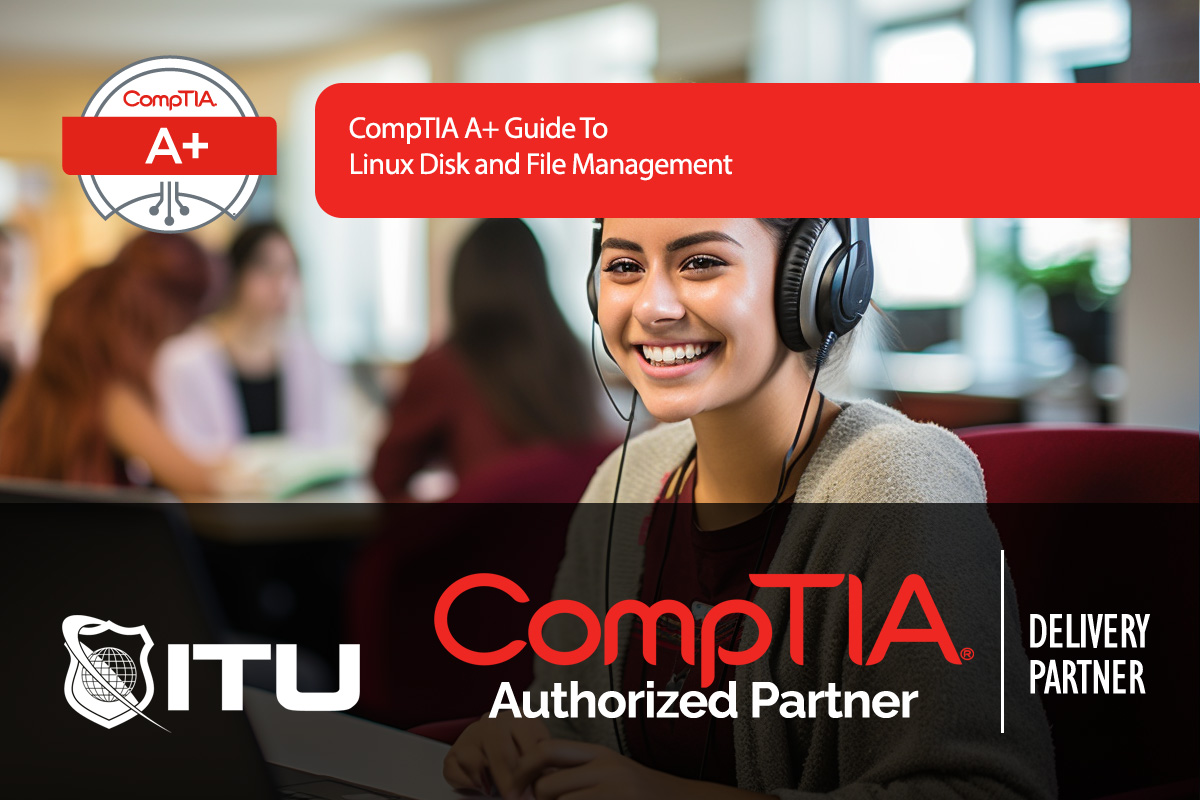What Is an Edge Device?
Definition: Edge Device An edge device is a piece of hardware that controls data flow at the boundary between two networks. It is essential for managing data processing at the

In preparing for the CompTIA A+ certification, familiarity with Linux, Unix, and their command-line interfaces is essential, as these operating systems power a significant portion of enterprise-level infrastructure. Linux-based systems are widely used in web servers, data centers, and mobile devices, offering flexibility, security, and powerful command-line tools. Here, we’ll explore key concepts in Linux and Unix, including file systems, command-line basics, and popular distributions.
Linux, represented by the iconic penguin mascot, Tux, was created by Linus Torvalds as a free, open-source alternative to proprietary operating systems. Linux is based on Unix, a robust and flexible operating system developed in the 1970s. Unlike macOS and Windows, Linux is open source—anyone can modify and distribute it, which has led to numerous distributions (or “distros”) like Ubuntu, Red Hat, and Debian.
The command line is crucial in Linux and Unix administration, and some commands are essential knowledge for the CompTIA A+ exam:
sudo: Allows a user to execute commands with superuser privileges temporarily.passwd: Changes the user password.ps: Displays active processes, useful for monitoring and troubleshooting.ifconfig: Shows network interface configuration; similar to ipconfig in Windows.shutdown: Shuts down the system; switches like -h (halt) or -r (restart) specify the shutdown type.Additional commands like chmod (change file permissions), ls (list directory contents), and mkdir (make a new directory) are also essential for basic Linux navigation and management tasks.
Linux file systems offer distinct advantages for flexibility and compatibility:
sudo command allows standard users to perform tasks as the root user, increasing security by reducing the need for constant root-level access.Linux software can be managed via command-line package managers:
Like other operating systems, Linux distributions follow a lifecycle that includes end-of-life (EOL) dates, at which point support and security updates cease. For ongoing compatibility and security, organizations must plan for OS upgrades in line with lifecycle support schedules.
The Linux kernel is the core of the operating system, responsible for managing hardware resources and system operations. It plays a crucial role in ensuring compatibility with hardware, handling memory, and maintaining system security, making it essential for Linux functionality and performance.
A mount point in Linux is a directory where a specific partition or storage device is attached, allowing users to access the contents as if it were a regular folder. Mount points add flexibility to storage management by enabling the use of partitions without assigning drive letters.
Linux distributions differ in terms of features, target audiences, and support options. For example, Red Hat Enterprise Linux (RHEL) is enterprise-focused and offers paid support, while Ubuntu is known for its ease of use and is popular in development and personal settings.
The root user in Linux has full administrative privileges, whereas sudo allows a standard user to run commands with temporary root privileges. This approach is more secure as it limits direct access to the root account while still enabling administrative tasks.
Common Linux commands include sudo (run commands as superuser), ps (view active processes), ifconfig (view network interface settings), and shutdown (power off or restart system). Familiarity with these commands is essential for system management and troubleshooting.
In participation with our Udemy Partner, enroll in the newest CompTIA A+ 2025 training course for only $12.99
Lorem ipsum dolor sit amet, consectetur adipiscing elit. Ut elit tellus, luctus nec ullamcorper mattis, pulvinar dapibus leo.
$49.99 Original price was: $49.99.$24.99Current price is: $24.99. / month with a 10-day free trial
Definition: Edge Device An edge device is a piece of hardware that controls data flow at the boundary between two networks. It is essential for managing data processing at the
Definition: Frame In networking, a frame is a digital data transmission unit used at the data link layer (Layer 2) of the OSI (Open Systems Interconnection) model. It encapsulates network
Definition: Cryptocurrency Cryptocurrency is a type of digital or virtual currency that uses cryptography for security. Unlike traditional currencies issued by governments (fiat currencies), cryptocurrencies operate on decentralized networks based
Python Celery is an asynchronous task queue/job queue based on distributed message passing. It is focused on real-time operation but supports scheduling as well. The execution units, called tasks, are
Service Fabric is a distributed systems platform that makes it easy to package, deploy, and manage scalable and reliable microservices and containers. Developed by Microsoft, Service Fabric is designed to
Definition: Jsonnet Jsonnet is a data templating language that helps you define JSON data more efficiently. It extends JSON syntax by adding features like variables, functions, and arithmetic operations, making
Definition: SHA (Secure Hash Algorithm) The Secure Hash Algorithm (SHA) is a family of cryptographic hash functions designed to ensure data integrity and security. These algorithms take an input (or
Definition: Transient Fault A transient fault, also known as a transient error or soft error, is a temporary error in a system or network that is not caused by a
Definition: Virtual Device Context (VDC) A Virtual Device Context (VDC) is a logical partitioning of network resources in a single physical network device, such as a switch or router, allowing
Definition: GraphQL Subscriptions GraphQL Subscriptions are a feature of the GraphQL specification that allow clients to receive real-time updates from the server. They provide a way to push data from
Definition: Group Policy Object (GPO) A Group Policy Object (GPO) is a set of rules and settings within Microsoft Active Directory that control the working environment of user accounts and
Definition: Multisource Feedback Multisource feedback, also known as 360-degree feedback, is a performance appraisal system where employees receive confidential, anonymous feedback from the people who work around them. This typically